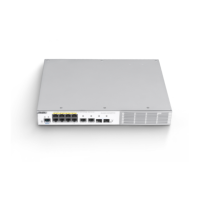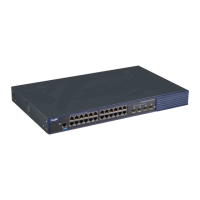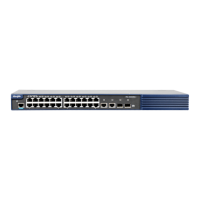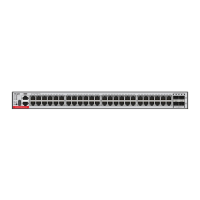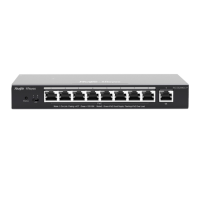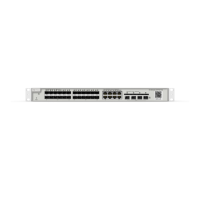Configuration Guide Port-based Flow Control Configuration
Port-based Flow Control Configuration
Storm Control
Overview
Too many broadcast, multicast or unknown unicast packets in the LAN will slow the network speed
and increase the possibility of packet transmission timeout significantly. This is called LAN storm.
Protocol stack implementation errors or wrong network configuration may lead to such storms.
Storm control can be conducted upon the broadcast, multicast and unknown unicast data streams
respectively. When the rate of the broadcast, multicast or unknown unicast packets received by the
interface exceeds the specified bandwidth throttling, the device only allows the packets within the
bandwidth throttling. The packets that exceed the throttle will be discarded until the data stream
becomes normal again. This prevents excessive flooding packets from entering the LAN to form a
storm.
Configuring Storm Control
In the interface configuration mode, use the following command to configure storm control:
Ruijie(config-if)# storm-control
{broadcast | multicast | unicast}
[{ level percent | pps packets |
rate-bps]
broadcast: Enable the broadcast storm control
function.
multicast: Enable the unknown multicast storm
control function.
unicast: Enable the unknown unicast storm control
function.
percent: Set according to the bandwidth percentage,
for example, 20 means 20%
packets: Set according to the pps, which means
packets per second
Rate-bps: rate allowed
In the interface configuration mode, you can disable the storm control on the appropriate interface by
using the no storm-control broadcast, no storm-control multicast, or no storm-control unicast
command.
The following example enables the multicast storm control on GigabitEthernet 0/1 and set the allowed
rate as 4M.
Ruijie# configure terminal
Ruijie(config)# interface GigabitEthernet 0/1
Ruijie(config-if)# storm-control multicast 4096
Ruijie(config-if)# end

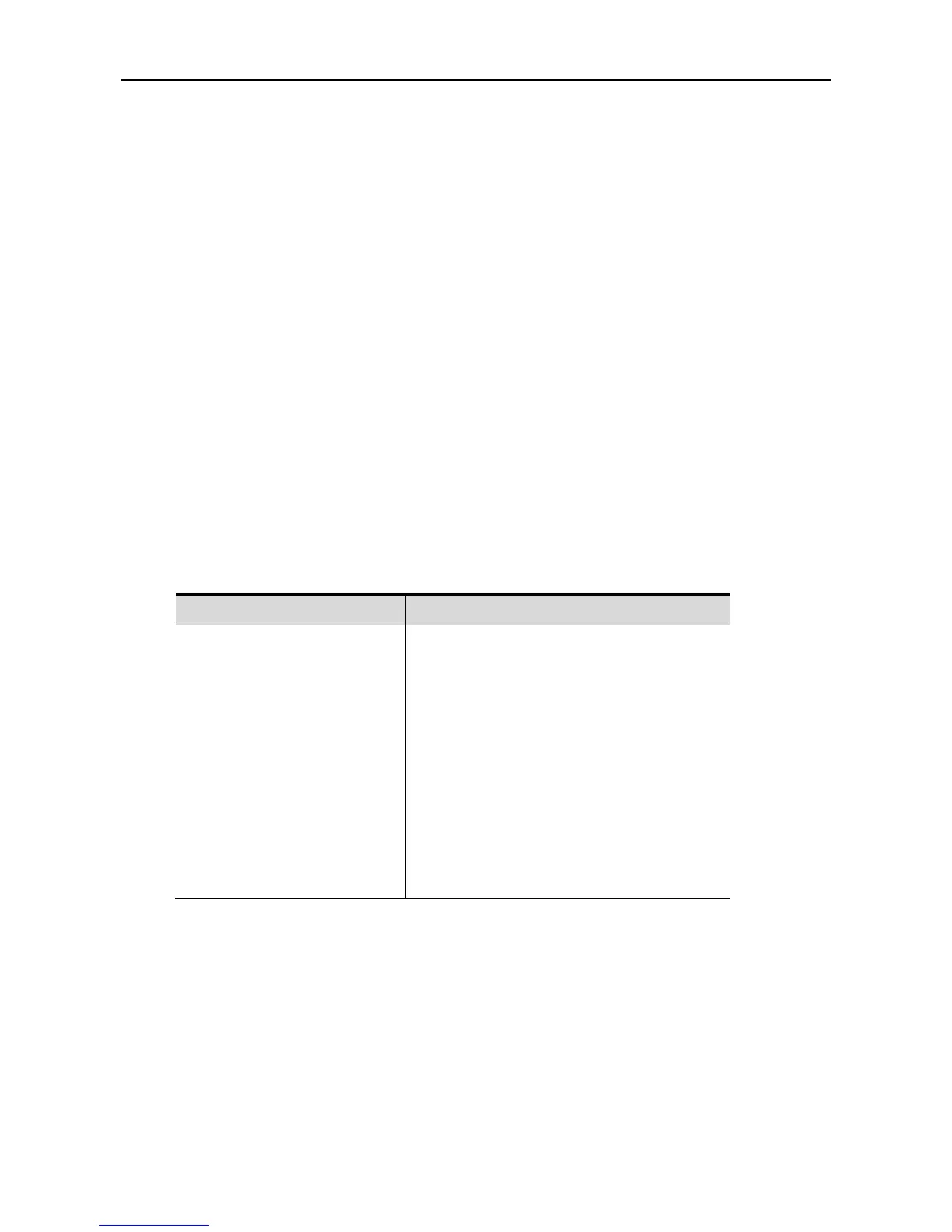